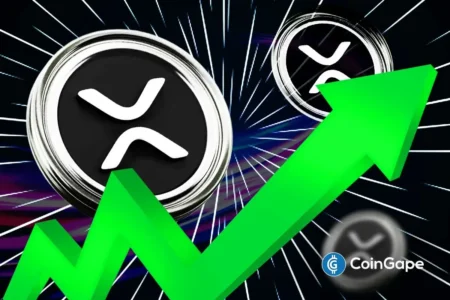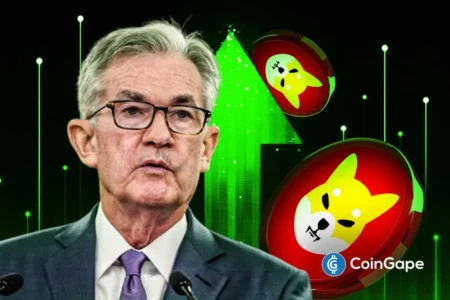The Search for a New Fed Chair: Candidates and Their Prospects
As the tenure of Federal Reserve Chair Jerome Powell draws to a close in May next year, the search for his successor is heating up. The Trump administration is exploring potential candidates, with significant names like Rick Rieder, Chief Investment Officer at BlackRock, emerging as prominent contenders. Rieder is noted for his advocacy of a rate cut, which aligns with President Trump’s monetary policy philosophy. His perspective on economic strategies may influence the direction of the Federal Reserve in the years to come.
Potential Candidates
According to a recent CNBC report, Rieder is among 11 candidates under consideration to replace Powell. His name joins an interesting mix of experts including David Zervos, Chief Market Strategist at Jefferies, and former Fed Governor Larry Lindsey. In addition to these, notable current members such as Fed Vice Chair for Supervision Michelle Bowman, Fed Governor Chris Waller, and Fed Vice Chair Philip Jefferson are also in the running. Others like Marc Summerlin, Dallas Fed President Lorie Logan, and former St. Louis Fed President James Bullard add further depth to the candidate pool, while "Two Kevins," Kevin Warsh and Kevin Hassett, are also firmly in the discussion.
The Interview Process
The selection process is set to be meticulously managed by U.S. Treasury Secretary Scott Bessent, who will personally interview all candidates. Following these interviews, Bessent will compile a shortlist to submit to President Trump for a final decision. This structured approach underscores the seriousness with which the administration is treating this pivotal appointment, potentially impacting monetary policy for a significant period.
Candidates Supporting Rate Cuts
Interestingly, a few candidates have already indicated their support for a Federal Reserve rate cut, a move that aligns with Trump’s ongoing calls for a more accommodative monetary policy. Waller and Bowman, active members of the Federal Open Market Committee (FOMC), have previously voted in favor of cuts at the July meeting, indicating a willingness to embrace more lenient monetary measures. Rieder had expressed similar sentiments ahead of that meeting, demonstrating a shared inclination toward easing rates.
Current Odds and Predictions
According to Polymarket data, Chris Waller currently stands as the favored choice for the Fed chair role. There is a 27.5% likelihood that Trump will select him as Powell’s successor, reflecting the Trump team’s admiration for Waller’s forward-looking approach to monetary policy. Waller’s strategy contrasts sharply with Powell’s more cautious and reactive method of waiting for data before making decisions. Meanwhile, Kevin Warsh and Kevin Hassett hold odds of 10.8% and 10.7% respectively, but predictions suggest that Trump may delay announcing the new Fed chair until next year. Interestingly, there’s a 36% chance that no announcement will occur before December 31.
Conclusion: Implications for the Future
The transition in leadership at the Federal Reserve holds significant implications for the U.S. economy and the broader financial landscape. As candidates like Rick Rieder, Chris Waller, and others vie for the position, their perspectives on monetary policy—including the controversial issue of rate cuts—will inevitably shape the economic discourse. Investors and policymakers alike will be watching closely as the Trump administration navigates this critical decision. Whether the new Fed chair will continue Powell’s cautious approach or embrace a more aggressive stance remains to be seen, but this choice will likely resonate through financial markets and economic conditions in the years to come.
Staying updated with the evolving situation regarding Fed leadership will provide valuable insights into future monetary policy and economic strategies. As the search intensifies, those involved will play a crucial role in steering the country’s financial fate. With so many potential candidates on the table, the coming months will be pivotal in determining the direction of the Federal Reserve and its impact on both domestic and global financial systems.
















